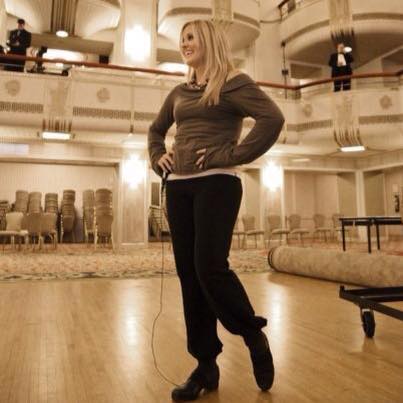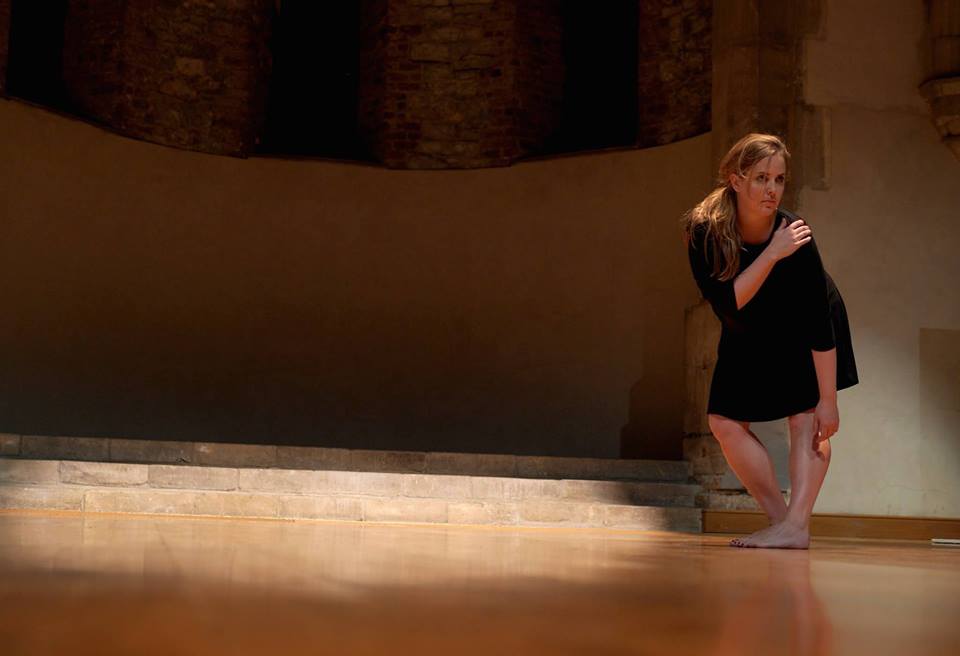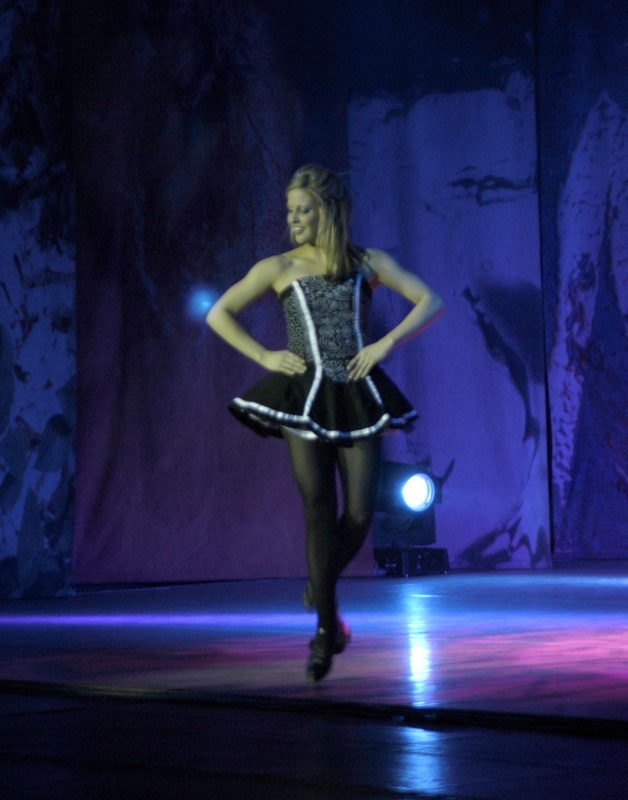National Dance Week - Kristyn Fontanella
- Target Training
- Apr 24, 2019
- 3 min read
Updated: Aug 15, 2019

Kristyn Fontanella’s lifelong journey with Irish dance began at age 6 with the Griffith Academy—but her additional training in ballet, tap, modern, and jazz dancing has allowed her to continually evolve her choreography beyond the strict confines of traditional Irish dancing. After touring with companies such as the Trinity Irish Dance Company, Lord of the Dance, Riverdance, and Gaelforce Dance, Kristyn moved to Limerick to study Contemporary Dance Performance at the University of Limerick. Her most recent project is a full-length choreography titled IN LiMBO she performed last September in Galway. We caught up with Kristyn to learn about her journey through competitive Irish dance and how she came to choreograph a show as unique as IN LiMBO.
What inspired you to choreograph a show like IN LiMBO? What past experiences in show dancing or choreographing do you think helped you the most along the way?
IN LiMBO was actually a long creative process that started right after I graduated from the MA in Contemporary Dance Programme at the Irish World Academy of Music and Dance, University of Limerick. Having just finished a full year in an intense Masters Programme where we continually questioned what and why we were making our dance put me in the right headspace to choreograph. This was my first large ensemble piece working between the two genres of traditional and contemporary. So this did take me and the dancers some time to create a new way of moving using our past dance training and essentially creating a new language. I didn’t realize it initially but I was creating a landscape of my past and present relationship with Irish dancing. From dancing in the big shows, to competing, to finding the joy when dancing. I was lucky to find a group of young traditional dancers that were eager to explore with me.
When creating the material, I pulled heavily from the traditional form, incorporating floor patterns found in figure dancing, rhythms simplified down and pared back to the bare foot, as well as the relationship between the dancers and their emotions on stage. I think all my experiences, from the dance school I grew up in and the shows I danced in and musicians I met have helped me create this, whether I knew it at the time our not. I do vividly remember watching one of my former choreographers, Richard Griffin; create a figure choreography for 16 dancers in Gaelforce Dance. As my role was not in this piece I was fortunate enough to be able to sit behind him while he created. I am sure he was annoyed with me asking endless questions of why he was doing a certain shape or moving the dancers at a certain point, but he opened my eyes to looking at what I thought I knew in a different way. Richard was also the first choreographer to trust me to create my own solos and duets in the show. I was hooked!
What do you love about Irish dance?
I love the memories I have from my childhood. Going to the feis every weekend, and practising for hours on end to master my steps. My Irish dance friends are still some of the closest relationships I have.
Irish dance taught me how to work hard for positive results (in the dance studio and in competition), but it also taught me how to lose graciously, most of the times to my best friend! These lessons carry over into everyday life and I can truly say I have grown because of my experiences within Irish dancing.
Do you think your experience as a competitive Irish dancer has helped you with your journey as a choreographer and performer?
That’s a tricky question.
I always say that there are certain aspects of making an art form into a competition that I like and dislike. Yet I would never change the way I grew up in Irish dancing and the competitive stage. I never won a title, but I always danced my best when I was out on stage. This competitive drive has always stuck with me and I believe I was taught properly in how to use it in a positive way. And this is still true in my life now.
What's the best advice you've ever received OR what's your number one piece of advice for dancers at any stage of their career?
The best advice I ever received was from my father. He always told me to live life with no regrets. And I don’t!
My advice for dancers is something I always say in class and rehearsals. Don’t be afraid to make mistakes. Mistakes are something I always learn from and in the case of creating, mistakes are sometimes the most interesting material for me and I then use it in the choreography.
Connect with Kristyn and check out clips from IN LiMBO below.
Facebook: @KristynFontanellaDance
Twitter: @KFonty
Instagram: @kristynfontanelladance
Vimeo: vimeo.com/kristynfontanella
IN LiMBO Trailer
https://vimeo.com/319907657 (1min)
IN LiMBO – Promotional Video (2mins)
































Comments